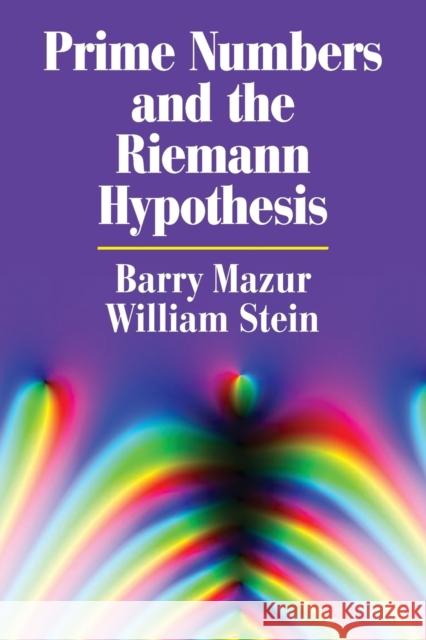Prime Numbers and the Riemann Hypothesis » książka
topmenu
Prime Numbers and the Riemann Hypothesis
ISBN-13: 9781107499430 / Angielski / Miękka / 2016 / 150 str.
Prime Numbers and the Riemann Hypothesis
ISBN-13: 9781107499430 / Angielski / Miękka / 2016 / 150 str.
cena 116,75
(netto: 111,19 VAT: 5%)
Najniższa cena z 30 dni: 110,78
(netto: 111,19 VAT: 5%)
Najniższa cena z 30 dni: 110,78
Termin realizacji zamówienia:
ok. 22 dni roboczych
Dostawa w 2026 r.
ok. 22 dni roboczych
Dostawa w 2026 r.
Darmowa dostawa!
This book introduces prime numbers and explains the famous unsolved Riemann hypothesis.











